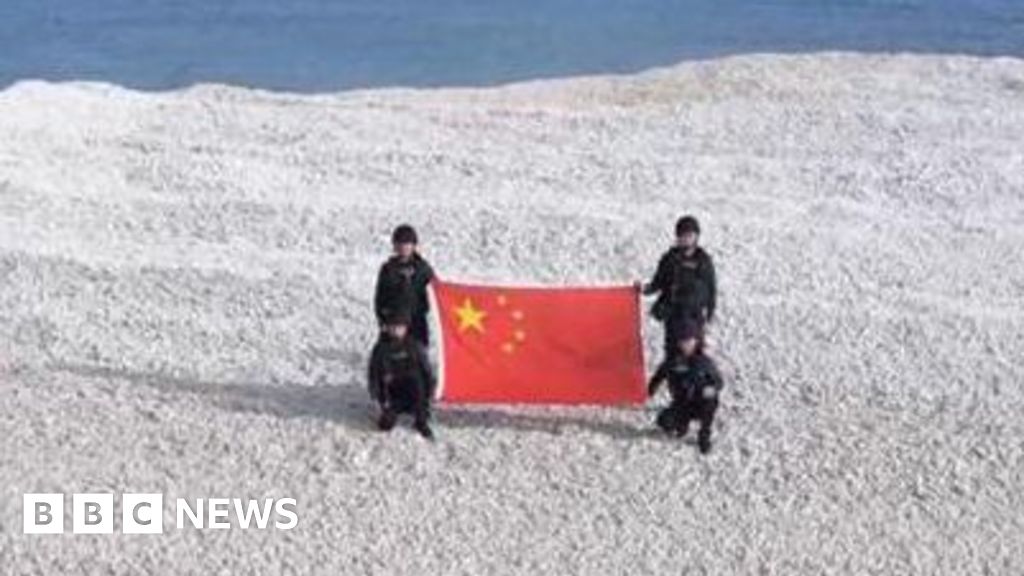Beijing's South China Sea Sandbank Grab: A Tiny Island, a Big Dispute
The South China Sea, a vital waterway teeming with resources and strategic importance, is once again the focal point of international tension. China's recent actions, specifically its apparent land reclamation and fortification of submerged sandbanks, have reignited long-simmering disputes with neighboring countries. This article delves into the specifics of Beijing's latest move, focusing on the implications for regional stability and international law.
A Tiny Island, a Giant Problem: The Subi Reef Dispute
The current focus is on Subi Reef (渚碧礁), a submerged sandbank in the Spratly Islands. While seemingly insignificant on a map, its strategic location and China's aggressive expansion on it have significant implications. Beijing's activities, which include extensive dredging and construction of military installations, are not only altering the reef's geography but also escalating tensions in the region. Satellite imagery shows a dramatic transformation of the previously small sandbank into a significant artificial island, complete with runways, hangars, and other military infrastructure.
China's Justification and the International Backlash
China's claims over the South China Sea, including Subi Reef, are based on its historical "nine-dash line," a demarcation line that stretches far into the waters claimed by several other nations including Vietnam, the Philippines, Malaysia, Brunei, and Taiwan. This claim, however, lacks international legal recognition under the United Nations Convention on the Law of the Sea (UNCLOS).
The international community has largely condemned China's actions. Many nations view these actions as a violation of international law, particularly UNCLOS, which dictates regulations regarding territorial waters and maritime resource exploitation. The United States, in particular, has voiced strong concerns, conducting freedom-of-navigation operations in the region to challenge China's expansive claims.
The Geopolitical Ramifications
The implications of China's actions extend beyond the immediate territorial dispute. The militarization of Subi Reef and other artificial islands poses a significant threat to regional stability. Increased military presence in the area raises the risk of accidental clashes and escalations, potentially leading to broader conflict. Furthermore, the dispute over resources – fishing rights and potential hydrocarbon reserves – remain contentious issues.
What Happens Next?
The future of the South China Sea remains uncertain. The international community faces the challenge of balancing the need for peaceful resolution with the reality of China's growing assertiveness. Diplomatic efforts continue, but the lack of a clear and universally accepted legal framework presents a significant hurdle. The possibility of further escalation remains real, demanding proactive and concerted international action to de-escalate tensions and safeguard the region's stability.
Key takeaways:
- China's actions at Subi Reef are a violation of international law according to many countries.
- The militarization of artificial islands in the South China Sea increases regional instability.
- The dispute over resources and territorial claims remains unresolved.
- International cooperation is crucial to de-escalate tensions and prevent further conflict.
Further Reading:
- [Link to a relevant article from a reputable news source, e.g., The New York Times]
- [Link to a relevant article from a think tank specializing in international relations]
This ongoing situation necessitates continuous monitoring and analysis. Stay informed and engaged in the conversation to understand the evolving complexities of this crucial geopolitical issue.

